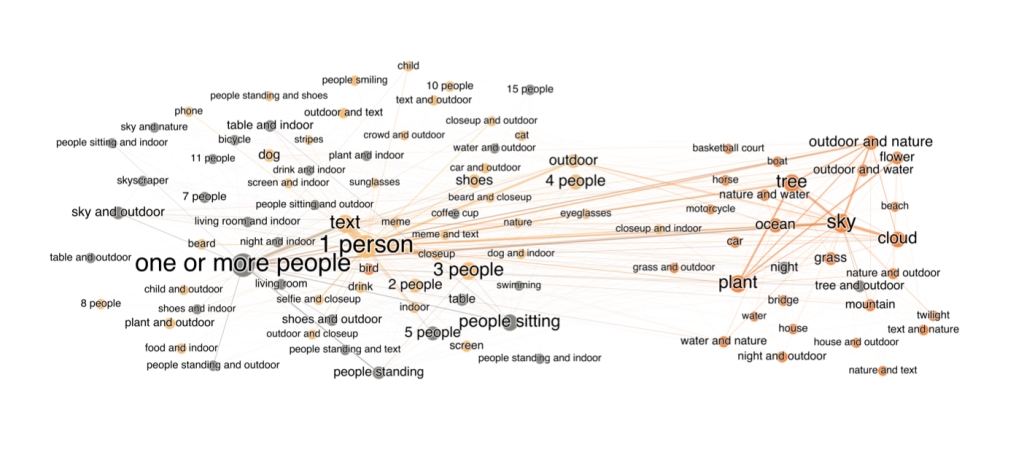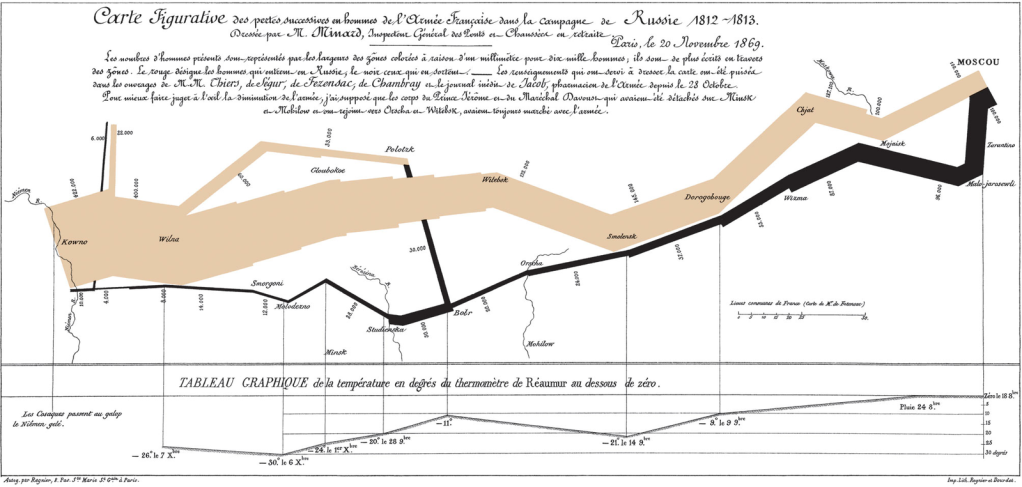I was recently invited to give a speech in the International Conference on Social Media & Society, organized by the Social Media Lab at Ted Rogers School of Management at Ryerson University, #SMSociety provides social media researchers from around the world opportunities to exchange ideas, present original research, learn about recent and ongoing studies, and network with peers.
My speech on Semantic Networks Analysys took place on day 3, included in an energizing workshop: with Felipe Bonow Soares and Anatoliy Gruzd from Toronto Metropolitan University and Deena Abul-Fottouh, from McMaster University.
The approach to Semantic Network Analysis presented in the speech, and in this post, is at the intersection between content analysis and network analysis. The objective of content analysis is to classify content into categories such as topics, sentiments, opinions, and values; otherwise Social Network Analysis may inform about power structures and communities.
Semantic Network Analysis instead could reveal the structures, the meanings, and the biases in the text people produce, analyzing words within their theoretical, social and cultural context.
Semantic network analysis is less expensive and time-consuming than manual coding, is less complicated than natural language processing, as it can be applied to any language.

After exploring some common issues and some models and heuristic to analyze semantic networks, I gave some examples of Semantic Network Analysis applied to social media data.
Here follows two use cases already covered in this blog.

Source Twitter, 3200 posts in Italian from 16 to 22 March 2022. Credits Socioviz.net
Kaspersky is one of the most established cybersecurity companies and its products are present in many offices and institutions around the world, including Italy. As a result of the crisis in Ukraine, many governments are beginning to have doubts both about whether its antivirus can be used as a bridgehead for cyber attacks, but also about the possibility that the Russian company is no longer able to provide updates for its programs and services. In fact with the Ukrainian Decree, the Italian government decided to suspend the use of the Russian antivirus in public administrations. Kaspersky quickly became a trending topic on Twitter with 3200 tweets in Italian collected between March 16 and 22, 2022.
The graph represents the most used hashtags. Among these, it is interesting to note the presence of the hashtag #ferrari, referring to the fact that the well-known car manufacturer from Maranello has decided to suspend the sponsorship with the Russian company, removing the logo from the helmets of the Formula 1 drivers. The partnership has ceased “the reds” have registered a marked improvement in sports results because, as we know, “antivirus slow down machines”.

This network represents an Instagram ALT-text images network collected within 21.340 posts with hashtag #stayathome – March 2020.
#Stayathome is a hashtag that was used a lot during the lock-down due to the covid19 pandemic. Used to spread news but also to feel part of an isolated community locked in their homes.
ALT-text is a short phrase that’s used to identify images, if an image fails to load, the text description that appears in place of the image is the alt text that was added to that image. Alt text is also used in screen readers to helps people with vision impairments.
In the graph image descriptions are linked together when there are co-present in the same post. Two distincts cluster emerges: outdoor and indoor photos. Within indoor photos photo with one person and photo containing text are the more frequents.
References
John F. Sowa (1987). “Semantic Networks”. In Stuart C Shapiro (ed.). Encyclopedia of Artificial Intelligence.
Semantic Network Analysis in Social Sciences (2021). Elad Segev, Routledge London.
Additional resources

Want to dive deeper into web scraping or using ChatGPT for data analytics? Check out our upcoming webinars or access recordings of past sessions. Stay updated and enhance your skills!




Leave a comment